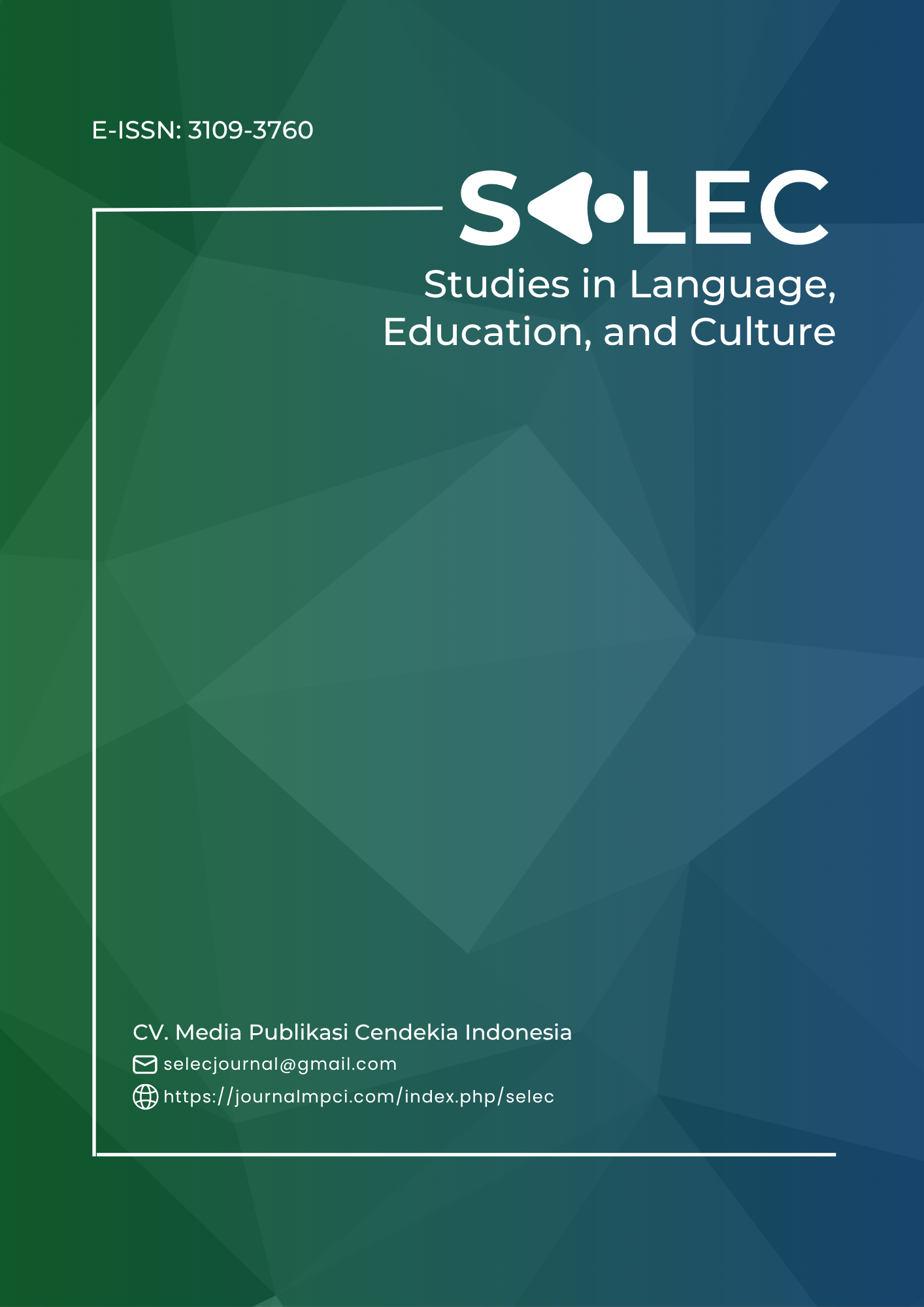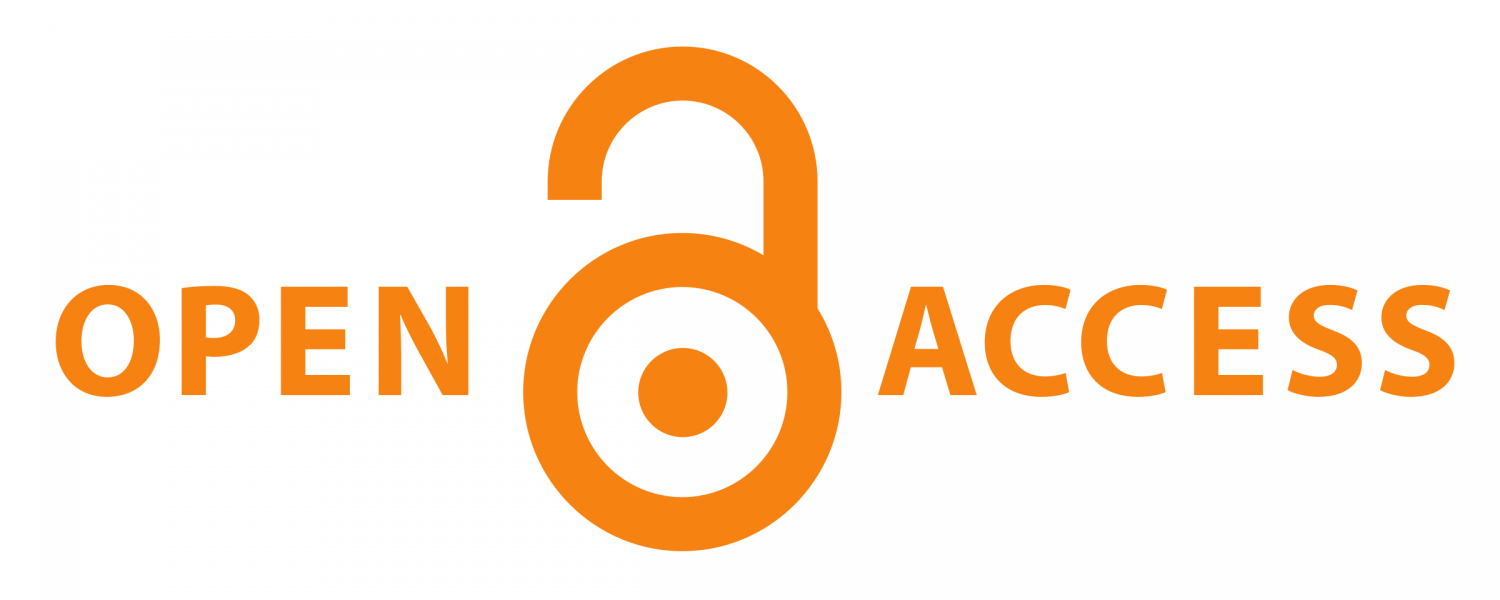A Systematic Review of Wordless Picture Book Interventions for Supporting Young Learners’ Second Language Skills
DOI:
https://doi.org/10.56303/selec.v1i1.412Keywords:
Billingual Students, Language Aquisition, Reading Skill, Young Learners, Second Language Learners, Bilingual StudentAbstract
Wordless picture books (WPBs) are increasingly recognized as effective tools for enhancing reading comprehension and language acquisition among young learners in second language education. This study explores their integration into primary education settings, emphasizing their ability to foster creativity, develop narrative skills, and support vocabulary growth. By relying solely on illustrations, WPBs encourage learners to construct meaning, engage with visual cues, and interact with stories in open ended ways. The findings highlight diverse methodological approaches, including qualitative and quantitative studies, which reveal the potential of these books to promote bilingual literacy and reduce language barriers. Despite the promising potential of WPBs, significant gaps remain in the current literature, particularly in the areas of teacher perspectives, cultural adaptations, and the integration of modern technologies. Future research should specifically address these gaps. WPBs. Additionally, there is a need to investigate how emerging technologies, such as augmented reality (AR) or interactive digital platforms, can enhance the learning experience with WPBs. Focusing on these aspects will allow researchers to optimize the integration of WPBs in second language classrooms, making them more accessible and effective for a wide range of learners.
Downloads
References
Arif, M. ’., & Hashim, F. (2008). Reading from the Wordless: A Case Study on the Use of Wordless Picture Books. English Language Teaching, 1, 121–126. https://doi.org/10.5539/ELT.V1N1P121
Crawford, P., & Hade, D. D. (2000). Inside the Picture, Outside the Frame: Semiotics and the Reading of Wordless Picture Books. Journal of Research in Childhood Education, 15, 66–80. https://doi.org/10.1080/02568540009594776
D’Angelo, K. (1981). Wordless Picture Books and the Young Language-Disabled Child. TEACHING Exceptional Children, 14, 34–37. https://doi.org/10.1177/004005998101400106
Giorgis, C., & Johnson, N. J. (2022). “It’s a radical decision not to use words”: Partnering with wordless picture books to enhance reading and writing. Middle School Journal, 53(4), 13–19. https://doi.org/10.1080/00940771.2022.2095603
Halpin, E., & Melzi, G. (2021). Code-switching in the narratives of dual-language Latino preschoolers. International Journal of Bilingual Education and Bilingualism, 24(9), 1271–1287. https://doi.org/10.1080/13670050.2018.1553928
Hu, R., Liu, X., & Zheng, X. (2018). Examining meaning making from reading wordless picture books in Chinese and English by three bilingual children. Journal of Early Childhood Literacy, 18(2), 214–238. https://doi.org/10.1177/1468798416643357
Jalongo, M., Dragich, D., Conrad, N. K., & Zhang, A. (2002). Using Wordless Picture Books to Support Emergent Literacy. Early Childhood Education Journal, 29, 167–177. https://doi.org/10.1023/A:1014584509011
Louie, B., & Sierschynski, J. (2015). Enhancing English Learners’ Language Development Using Wordless Picture Books. The Reading Teacher, 69(1), 103–111. https://doi.org/10.1002/trtr.1376
Lubis, R. (2018). The Progress of Students Reading Comprehension through Wordless Picture Books. Advances in Language and Literary Studies, 9, 48–52. https://doi.org/10.7575/AIAC.ALLS.V.9N.1P.48
Lucero, A., Donley, K., & Bermúdez, B. (2021). The English referencing behaviors of first- and second-grade Spanish–English emergent bilinguals in oral narrative retells. Applied Psycholinguistics, 42(5), 1243–1261. https://doi.org/10.1017/S0142716421000278
Moody, S. M., Matthews, S. D., & Eslami, Z. R. (2022). Translanguaging During Shared Read Alouds: A Case Study. Literacy Research and Instruction, 61(2), 113–136. https://doi.org/10.1080/19388071.2021.1889724
Neca, P., Borges, M. L., & Pinto, P. C. (2022). Teachers with disabilities: a literature review. International Journal of Inclusive Education. Routledge. https://doi.org/10.1080/13603116.2020.1776779
Pantaleo, S. (2023). Reviewing the Multifaceted Complexity and Potential of Wordless Picturebooks. Bookbird: A Journal of International Children’s Literature, 61, 15–25. https://doi.org/10.1353/bkb.2023.0020
Sanchez, D. T. (2021). Interactive and Conventional Teaching Approaches to Optimizing Reading Comprehension Performance. Revista Gestão Inovação e Tecnologias.
Schick, T., Udupa, S., & Schütze, H. (2021). Self-Diagnosis and Self-Debiasing: A Proposal for Reducing Corpus-Based Bias in NLP. Transactions of the Association for Computational Linguistics, 9, 1408–1424. https://doi.org/10.1162/tacl_a_00434
Schwartz, S. (1988). A comparison of componential and traditional approaches to training reading skills. Applied Cognitive Psychology, 2(3), 189–201. https://doi.org/10.1002/acp.2350020305
Serafini, F. (2014). Exploring wordless picture books. The Reading Teacher, 68, 24–26. https://doi.org/10.1002/TRTR.1294
Sun, C. (2022). Enhancing Picture Book Reading for Young EFL Learners. Education Reform and Development, 4(2), 1–7. https://doi.org/10.26689/erd.v4i2.4527
Terrusi, M. (2018). Silent Books. Wonder, Silence and Other Metamorphosis in Wordless Picture Books (p. 879). MDPI AG. https://doi.org/10.3390/proceedings1090879
Tunkiel, K. A., & Bus, A. G. (2022). Digital Picture Books for Young Dual Language Learners: Effects of Reading in the Second Language. Frontiers in Education, 7. https://doi.org/10.3389/feduc.2022.901060
Downloads
Published
How to Cite
Issue
Section
License
Copyright (c) 2025 Muhammad Maghfur Fahrur Rozzi

This work is licensed under a Creative Commons Attribution-ShareAlike 4.0 International License.







